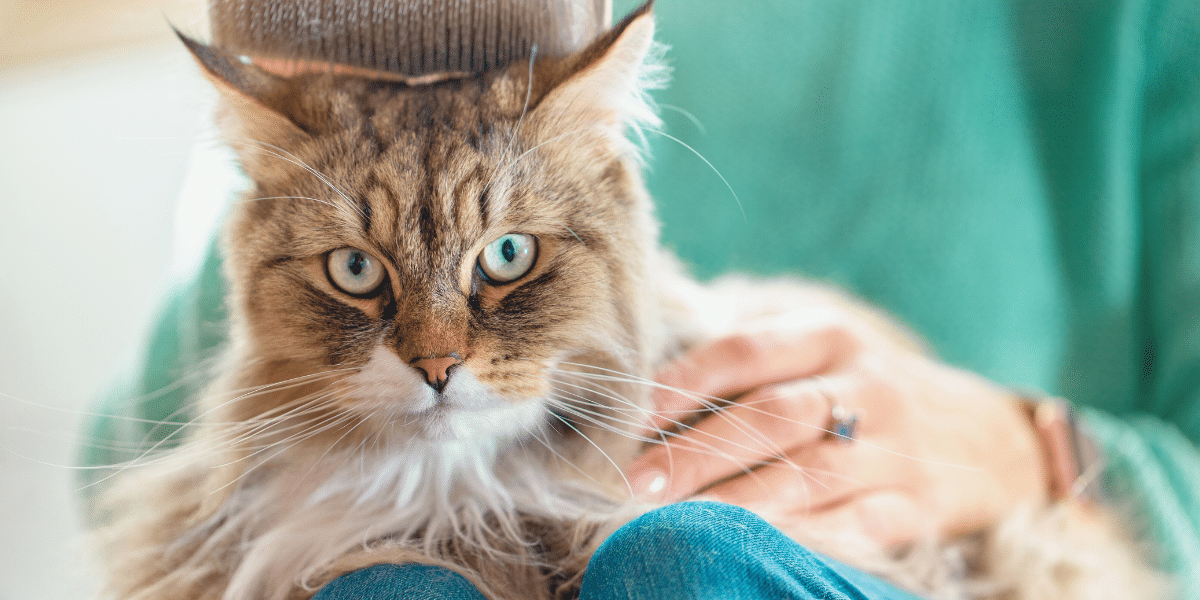**Decoding Cat Ear Language to Understand Feline Emotions Better**
Cats are fascinating creatures with complex communication methods. While they may not speak like humans, they use their entire bodies to convey emotions, including their ears. With 32 individual muscles in each ear, cats can rotate, twitch, and position their ears independently, sending messages about their mood, comfort, and alertness. Understanding cat ear language allows pet owners to build stronger bonds with their feline companions.

### Forward-Facing Ears: A Sign of a Happy Cat
When a cat’s ears are perked up and facing forward, it generally indicates curiosity, contentment, or playfulness. Cats in this state are usually relaxed and engaged with their surroundings.
Signs of a Happy Cat:
If your cat approaches you with its ears in this position, it’s a great time to engage with them through play or affection.
### Ears Turned to One Side: Heightened Awareness
Cats have highly sensitive hearing, capable of detecting ultrasonic sounds. When their ears turn in one direction, they are likely tuning into a sound source.
Possible Reasons for Side-Turning Ears:
If your cat’s ears are positioned this way, you may notice them staring intently at something you can’t hear. Follow the direction of their ears to see what’s piquing their interest.

### Twitching Ears: A Sign of Agitation
Frequent twitching or flicking of the ears is usually an indication of mild irritation or overstimulation. It can also be a sign of detecting minor movements or sounds.
Common Causes of Twitching Ears:
If your cat exhibits twitching ears while you’re petting them, it may be a signal that they are becoming overstimulated and would prefer a break.
### “Airplane” Ears: Nervousness & Anxiety
Airplane ears—when a cat’s ears are positioned sideways and slightly lowered—suggest unease or fear. This ear position is commonly seen during stressful encounters, such as vet visits or introductions to new pets.
Common Triggers of Airplane Ears:
If your cat exhibits airplane ears, approach them gently and give them space to feel secure.

### Pinned-Back Ears: A Warning Signal
When a cat flattens its ears completely against its head, it is a clear sign of fear, agitation, or aggression. This position serves as a defense mechanism, protecting the ears during potential fights.
Signs Your Cat is Feeling Angry or Scared:
If your cat displays pinned-back ears, give them space. Attempting to handle or interact with them in this state may result in scratching or biting.
### Conclusion
Cat ear language offers valuable insight into their emotions, allowing owners to respond appropriately to their needs. By paying attention to how your cat positions its ears, you can strengthen your understanding and communication with your feline friend. Take the time to learn their signals, and they’ll appreciate your effort to connect with them on their terms.






Facebook Comments